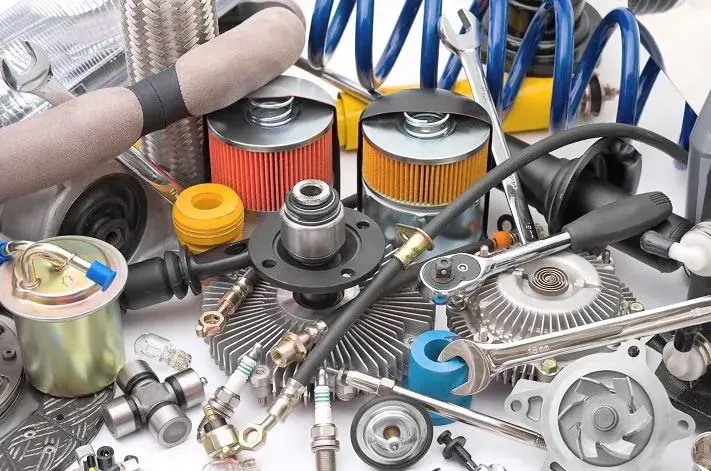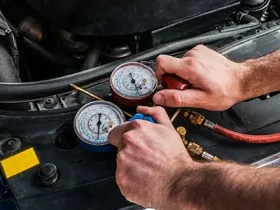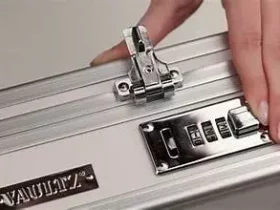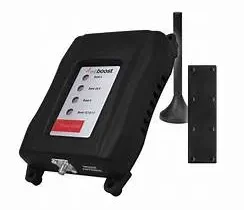Buying used auto parts is becoming increasingly popular as car owners look for more cost-effective and environmentally friendly alternatives to new parts. However, several factors must be considered to ensure you’re making a wise investment. In this article, we’ll explore what you need to know when buying used car parts, including where to find reliable suppliers, what to look for in terms of warranties and compatibility, and tips for inspecting the parts before purchase.
Benefits of Buying Used Auto Parts
One of the strongest arguments favoring used auto parts is cost savings. Used parts are typically a fraction of the price of new ones, making them an attractive option for budget-conscious car owners. Additionally, purchasing used parts helps to reduce waste, contributing to environmental conservation. You can find high-quality components without the hefty price tag by choosing outlets with auto parts for sale.
How to Find Reliable Sources for Used Auto Parts
Finding a reliable source for used auto parts is critical. Start by looking for suppliers with positive reviews and good reputations within the automotive community. Online marketplaces, local repair shops, and word-of-mouth recommendations can be excellent starting points. Certifications from industry organizations can also indicate a trustworthy supplier. Ensure the vendor provides clear information on the parts they sell, including any warranties or return policies. Purchasing from reputable sources, such as well-known auto wreckers with a track record of supplying reliable used parts, is crucial. Additionally, verify the part’s condition before buying and ask for a history if available.
Checking for Warranties and Return Policies
Before making any purchase, it’s essential to understand the warranty and return policy. A good warranty can provide peace of mind by ensuring you can return or replace a faulty part within a specified period. Some suppliers offer short-term warranties, usually ranging from 30 to 90 days. Always read the fine print and ask questions if anything needs clarification. A solid return policy is another indicator of a reputable supplier willing to stand by the quality of their parts.
Ensuring Compatibility with Your Vehicle
Ensuring that the used part is compatible with your vehicle is paramount. Different models and years can vary in part specifications, so double-check your vehicle’s make, model, and year for purchase. Cross-referencing the part number is another effective way to ensure compatibility. When in doubt, consult your vehicle’s manual or seek advice from a knowledgeable mechanic. Bringing the old part with you can also help verify the new part matches precisely.
Tips for Inspecting Used Auto Parts
Thoroughly inspecting used auto parts before purchasing is essential to avoid any issues. Look for apparent indicators of deterioration, like corrosion, rust, or cracks. Test the component to make sure it works properly. A multimeter can be used to test the functionality and continuity of electronic components. Always be bold and ask the seller about the part’s history, including how many miles it came from and if it has ever needed any repairs.
Conclusion
Buying used auto parts can be innovative and economical, provided you take the necessary precautions. You can find reliable used components that meet your needs by understanding the benefits and potential risks, checking for warranties and compatibility, and thoroughly inspecting parts before purchase. Not only will you save money, but you’ll also be contributing to a more sustainable, environmentally friendly automotive industry. With some research and careful consideration, purchasing used auto parts can be a seamless and satisfying experience.









